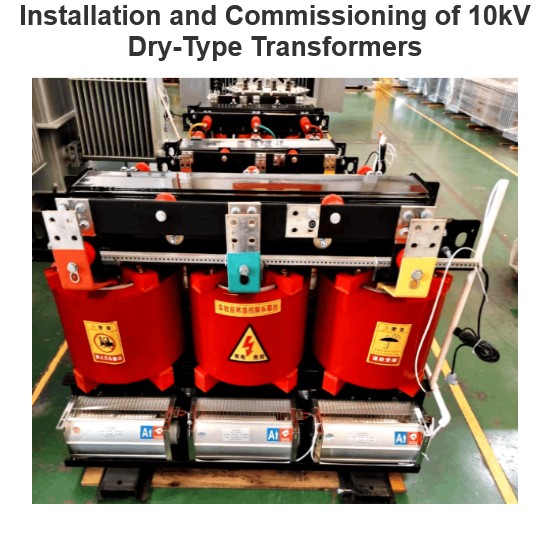What is the purpose of using a 12 volt DC transformer in an AC circuit?
Using a 12-volt DC transformer (often called an adapter or power converter) in an AC circuit serves the purpose of converting alternating current (AC) to direct current (DC) and reducing the voltage to the desired level. Here are some common uses of a 12-volt DC transformer:
1. Powering DC Devices
Many electronic devices and small appliances require DC power to function. A 12-volt DC transformer can provide a stable DC voltage for these devices. Examples include:
Consumer Electronics: Such as phone chargers, laptop power adapters, etc.
Smart Home Devices: Like smart bulbs, smart plugs, etc.
Small Motors and Sensors: Used in automation control systems where small motors, sensors, etc., are involved.
2. Battery Charging
A 12-volt DC transformer is often used to charge 12-volt batteries, such as those found in cars, motorcycles, or backup power systems. By converting AC to DC, it provides the necessary charging voltage for the battery.
3. Laboratory and DIY Projects
In electronic experiments or DIY projects, a 12-volt DC transformer can provide a stable power source for circuit boards, microcontrollers, sensors, etc. This is useful for testing and development purposes.
4. LED Lighting
LED lighting fixtures typically require DC power. A 12-volt DC transformer can provide the required DC voltage for LED strips, panels, etc.
5. Security Camera Systems
Many security cameras and surveillance systems require a stable DC power supply. A 12-volt DC transformer can provide the necessary power to ensure these devices run continuously.
6. Input Power for Small Inverters
Some small inverters require a stable DC input to generate AC output. A 12-volt DC transformer can provide the required DC voltage for these inverters.
7. Education and Training
In electrical training or school education, 12-volt DC transformers can be used to demonstrate the principles of DC circuits and provide students with practical hands-on experience.
8. Special Applications
In certain specialized applications, such as medical equipment or communication devices, a stable DC power supply is required to ensure reliable operation. A 12-volt DC transformer can provide the necessary power for these applications.
Working Principle
A 12-volt DC transformer, actually an adapter, includes rectification, filtering, and smoothing circuits to convert the input AC power into a stable DC voltage. Specifically, the process works as follows:
Rectification: Using a rectifier (such as a bridge rectifier) to convert AC power to pulsating DC power.
Filtering: Using capacitors to filter out the AC components from the pulsating DC power, making it smoother.
Voltage Regulation: Using voltage regulation circuits (such as voltage regulator diodes or integrated voltage regulators) to ensure the output voltage remains stable at 12 volts.
Considerations
When using a 12-volt DC transformer, keep the following points in mind:
Rated Power: Ensure the selected transformer's output power meets the requirements of the device.
Safety: Pay attention to electrical safety when using the transformer and ensure proper grounding.
Compatibility: Ensure the transformer's output voltage and current match the requirements of the connected device.
By using a 12-volt DC transformer, it is possible to provide a stable DC power supply for various devices that require DC power in an AC environment, ensuring their proper operation.
The Electricity Encyclopedia is dedicated to accelerating the dissemination and application of electricity knowledge and adding impetus to the development and innovation of the electricity industry.













